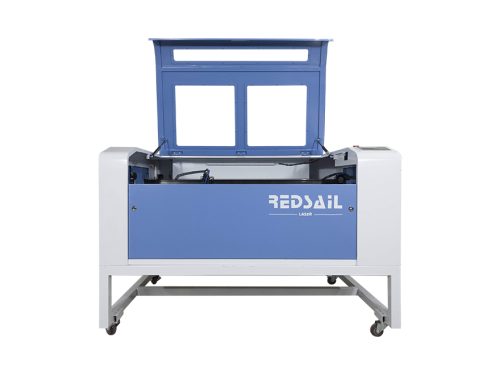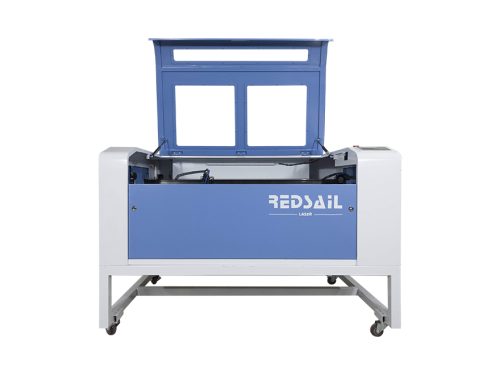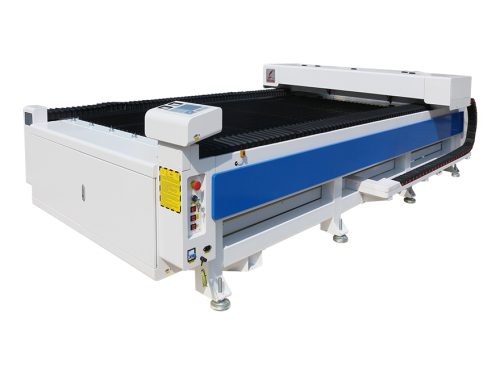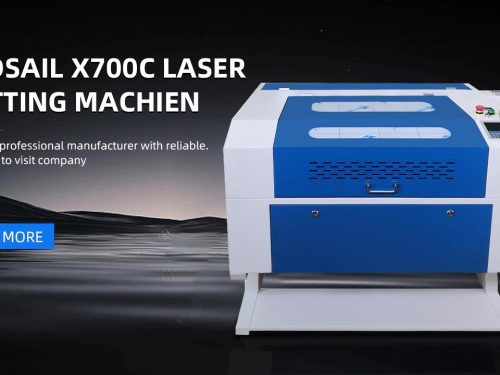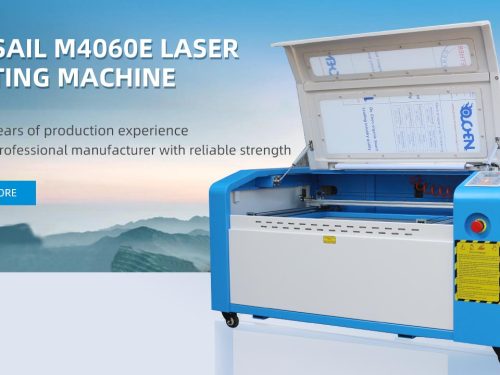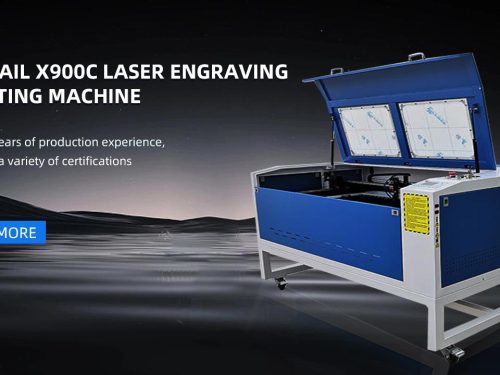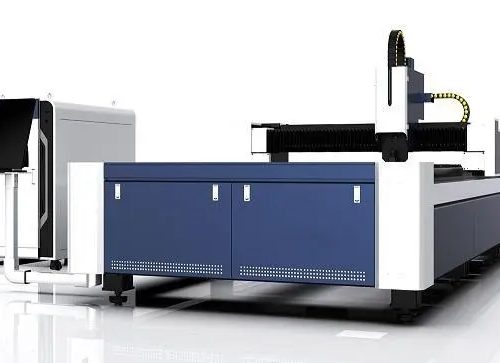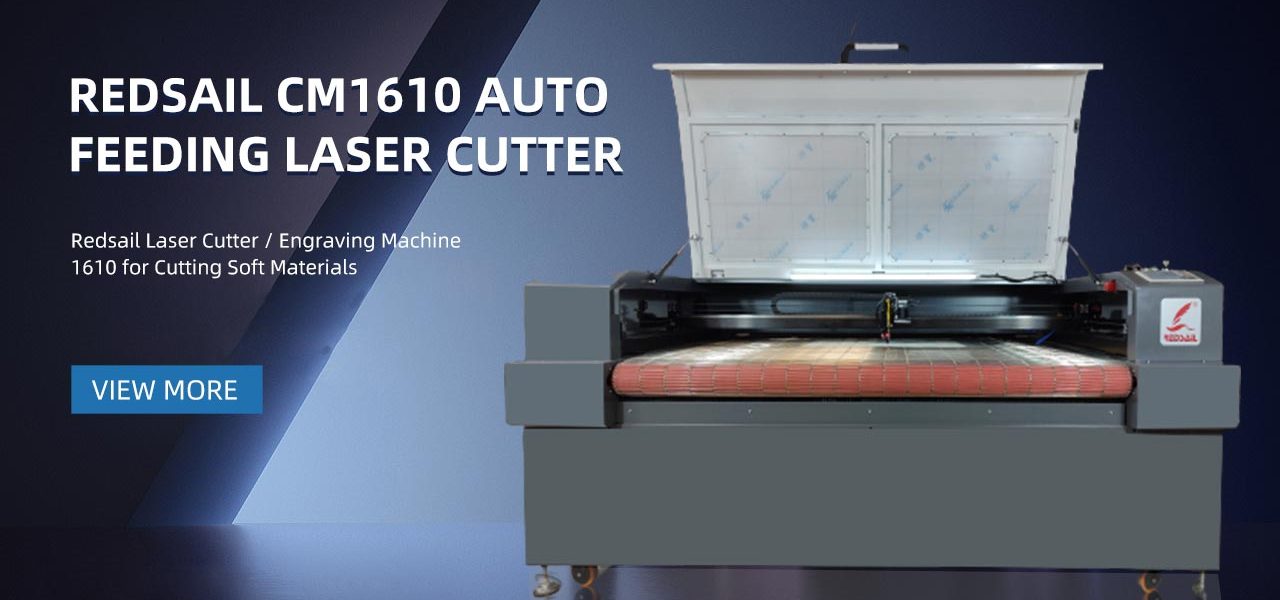
What is the Best Type of Wood for a Laser Cutter?
Laser cutting is a popular tool for quickly creating precise and intricate designs from a variety of materials. Laser cutters slowly burn their way through a wooden sheet, resulting in a finely etched pattern. Wood is a popular material for laser cutting, but different woods display different qualities, making certain types better suited for certain projects.
The right type of wood is an important factor when deciding which type to use for a laser cutter. Different woods contain different concentrations of properties, and the properties that make a particular type of wood better for laser cutting depend on the individual project and the desired end result. With that in mind, it is important to learn about the different types of wood and their individual characteristics before diving in to laser cutting a project.
Types of Wood for Laser Cutting
When it comes to laser cutting, there are several different types of wood that are popular among makers and hobbyists. The most commonly used wood is Baltic Birch Plywood. This type of wood is known for its even-layered construction, making it an ideal choice for laser cutting designs with intricate details. Baltic Birch Plywood can be purchased in thicknesses ranging from 1/4” to 1”, allowing for a good range of options for hobbyist projects.
The next type of wood is Basswood. Basswood is a softwood that is typically found in thicknesses ranging from 1/8” to 1/4”. Basswood is light in color, making it one of the most popular options for laser cutters who are looking to make curves and intricate designs.
Advantages and Disadvantages of Laser Cutting
The advantages of laser cutting are numerous. Laser cutters are fast and accurate, allowing them to produce intricate designs quickly and accurately. Laser cutters do not require the same amount of setup or preparation as other types of cutting tools, and the amount of consumption materials is relatively low when compared to other methods.
However, laser cutting is not without its disadvantages. The process generates a great deal of heat, and thus requires ventilation to avoid fires or other hazards. In addition, laser cutting has limited resolution, meaning it requires some compromise when complex shapes and details are needed. It is also more expensive than other types of cutting tools.
The Best Type of Wood for a Laser Cutter
The best type of wood to use for a laser cutter depends on the project and the desired end result. Baltic Birch Plywood is one of the best types of wood for laser cutters due to its even-layered construction and availability in a wide range of thicknesses. This type of wood is perfect for laser cutting projects that need intricate details and precise cuts.
Basswood is also a popular choice for laser cutters. It is a softwood that works well for curves and intricate designs due to its light color. Basswood also comes in more thin sheets, allowing for more flexibility and detail when etching. However, Basswood is not as durable as Baltic Birch Plywood, making it a better option for smaller projects that do not need to be extremely durable.
FAQs
- Q: What is the best type of wood for a laser cutter?
A: The best type of wood for a laser cutter depends on the individual project and end result. Baltic Birch Plywood is one of the best types of wood for laser cutters due to its even-layered construction and availability in a range of thicknesses. Basswood is also a popular choice for laser cutters as it is a softwood that works well for curves and intricate designs.
- Q: What are the advantages of laser cutting?
A: The advantages of laser cutting include speed, accuracy, and low consumption of material. Laser cutters do not require the same amount of setup or preparation as other types of cutting tools, and can produce intricate designs quickly and accurately.
- Q: What are the disadvantages of laser cutting?
A: The disadvantages of laser cutting include the generation of a lot of heat, limited resolution, and higher cost when compared to other types of cutting tools. Laser cutting requires proper ventilation to avoid fires or any other hazards, and the resolution of the cuts cannot be extremely precise.


